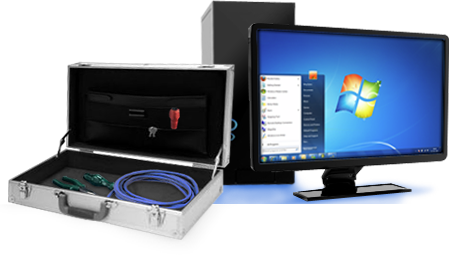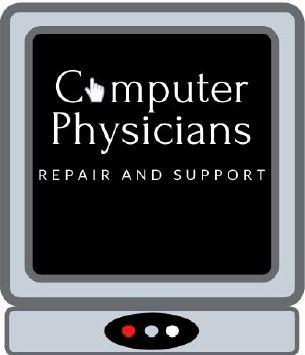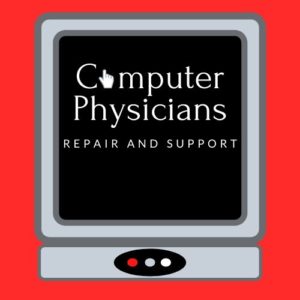As a business owner or individual in Longmont, Colorado, you rely on technology to help you stay productive and competitive. But when your computer or network experiences problems, it can quickly bring your operations to a halt. That’s where Computer Physicians, LLC comes in.
Computer Physicians, LLC is a leading IT computer repair and web design company in Longmont that offers a wide range of technology services to help you get back up and running as quickly as possible. Steve is an experienced professional dedicated to helping you maximize your technology investments and achieve your business goals.
We offer comprehensive computer repair services to help you resolve any technical issues you may be facing, whether it’s a simple software problem or a more complex hardware issue. We also offer web design services to help you create a professional and user-friendly online presence for your business. And, with our data recovery services, you can rest assured that your important files and information are safe and secure, even in the event of a disaster.
At Computer Physicians, LLC, we understand that technology can be complex and confusing, which is why we strive to provide clear and straightforward solutions. Steve is always available to answer your questions and help you understand your technology options, so you can make informed decisions.
We are committed to delivering high-quality services at an affordable price, and we always go the extra mile to ensure that our clients are completely satisfied with their experience. Whether you need help with computer repair, web design, or data recovery, we have the expertise and resources to get the job done.
So, if you’re looking for a trusted partner to help you maximize your technology investments in Longmont, look no further than Computer Physicians, LLC. Contact us today to schedule a consultation and find out how we can help you achieve your business goals.



